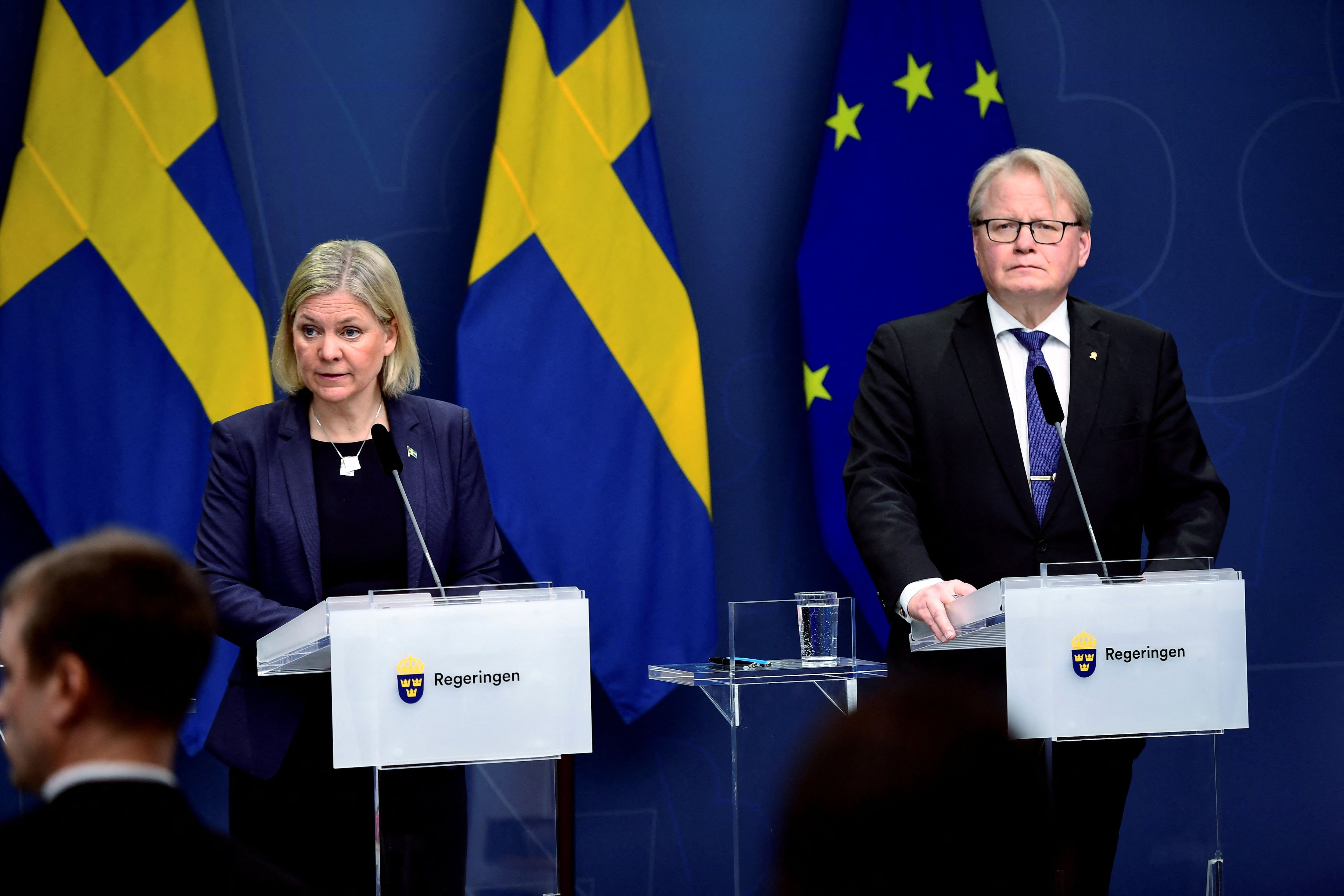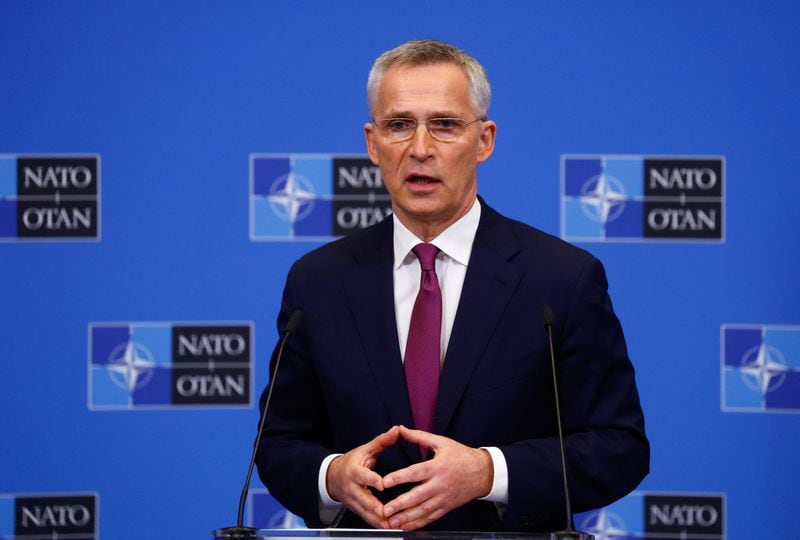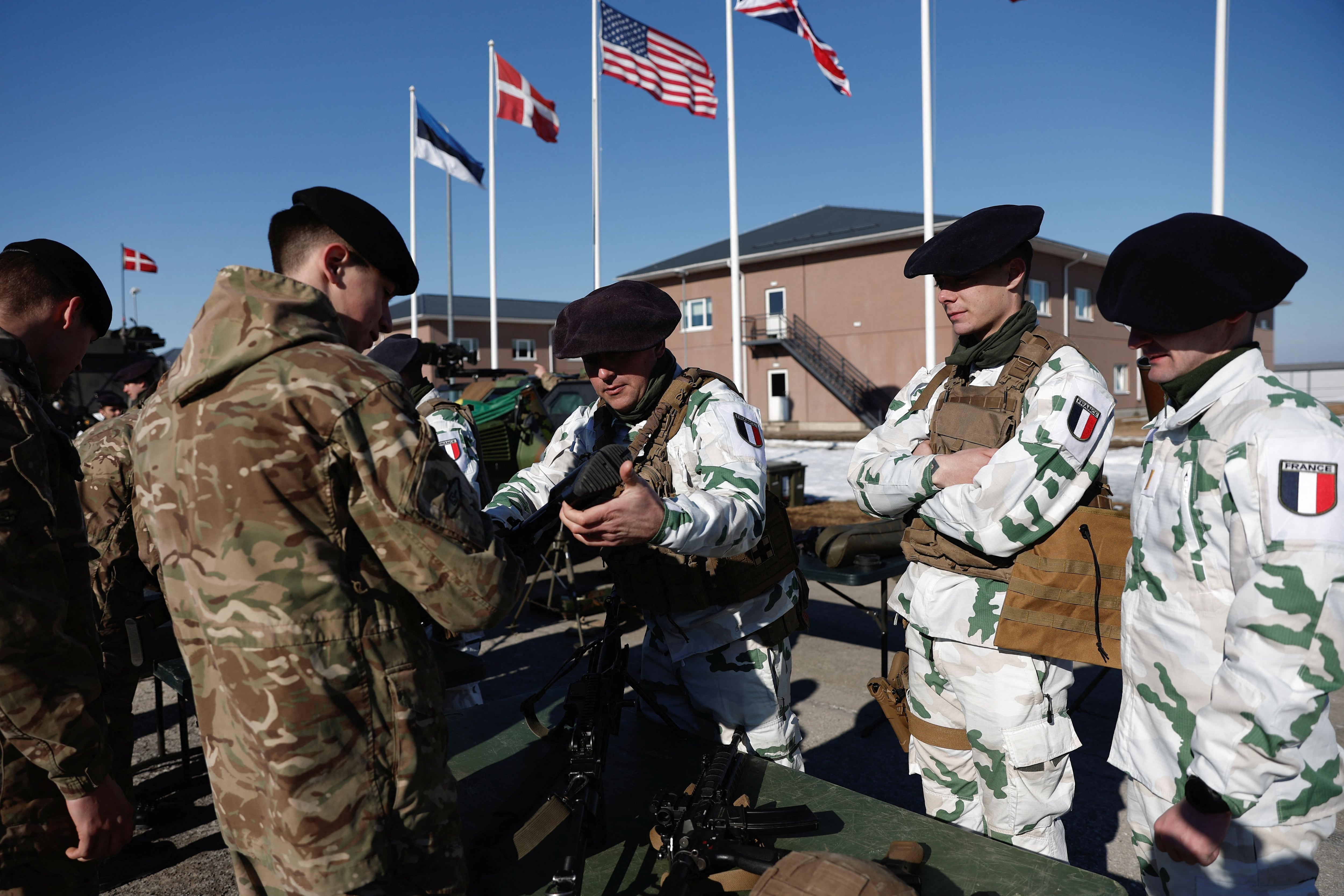
The first shipment of a new $800 million weapons package to Ukraine, which President Joe Biden authorized last week, will leave the United States this Thursday or Friday and will soon arrive in Ukraine, a senior US defense official said Wednesday.
The official, who spoke with journalists from the Reuters news agency on condition of anonymity, did not specify what systems will be included in the first shipments to Ukraine, but said that priority will be given to the types of defensive weapons already used by Ukrainian troops. “We are already building stocks in the United States and we are preparing to send them there,” the official said.
This attendance is also added to that announced by Sweden this Wednesday. The government of Prime Minister Magdalena Andersson reported the decision to carry out a second shipment of arms to Ukraine, after having authorized a first shipment worth $41.5 million on February 26.

“Sweden will double its contribution to the Ukrainian armed forces with 5,000 additional anti-tank weapons and mine-clearing equipment. Another historic decision,” Foreign Minister Ann Linde wrote on her Twitter account. “It is extremely important to continue to actively support Ukraine,” added Swedish Defense Minister Peter Hultqvist.
The arms shipment approved at the end of February broke with the tradition of neutrality of Sweden, an ally but not a member of NATO, of not sending weapons to countries in conflict, uninterrupted since the Soviet invasion of Finland in 1939.
In addition, NATO leaders will support this Thursday at their extraordinary summit in Brussels the deployment of four new multinational battalions in Slovakia, Hungary, Romania and Bulgaria, in the face of the threat posed by Russia following its invasion of Ukraine, to which they will agree to supply equipment to protect against possible chemical attacks or nuclear.
The heads of state and government of the 30 Atlantic Alliance countries will meet in the Belgian capital to assess the response to the crisis in Ukraine, whose president, Volodymyr Zelensky, will speak via videoconference at the working session. NATO has insistently called on Russia to stop its attack on Ukraine and to return to the diplomatic track, but, at the same time, it has decided to accelerate measures to give greater security to the allies.

On Thursday, NATO leaders plan to “strengthen the stance in all areas, land, sea and air. With large increases in forces in the eastern part of the Alliance,” NATO Secretary General Jens Stoltenberg announced at a press conference on the eve of the summit.
“The first step is the deployment of four new battalions,” which means that the Alliance will have a total of eight multinational battalions on the eastern flank, “from the Baltic Sea to the Black Sea,” Stoltenberg explained, counting on the battalions it already placed in the three Baltic States and Poland after the Russian annexation of Crimea in 2014.
Stoltenberg said that these new battalions, which “will be deployed as long as necessary”, already have most of their members on the ground. He made it clear that these will be “multinational” battalions, so that they will have a “major component of national defence forces”, but also contributions from other allies.

According to the Allied Secretary General, these new battalions are part of NATO's “immediate reaction” to Russia's behavior, which has already involved the “high alert” of hundreds of thousands of NATO soldiers. The number of US troops in Europe has risen to 100,000, many of them in the eastern part of the Alliance, and 40,000 military personnel are under direct command of the Alliance, he said.
At the same time, NATO has set out to “rethink” its long-term deterrence and defense. “This brutal aggression against Ukraine will have long-term consequences for our security, it is a new normal for our security, and NATO has to respond to that new reality,” Stoltenberg said.
To this end, the allied ministers of defense agreed a week ago to ask the military commanders to study how to strengthen the military stance in all areas in the “long term”, including with more troops and teams prepositioned in eastern Europe, in view of the decisions to be taken at the allied summit in Madrid at the end of june.
With information from Reuters and EFE
Keep reading:
Últimas Noticias
Debanhi Escobar: they secured the motel where she was found lifeless in a cistern

The oldest person in the world died at the age of 119

Macabre find in CDMX: they left a body bagged and tied in a taxi
The eagles of America will face Manchester City in a duel of legends. Here are the details

Why is it good to bring dogs out to know the world when they are puppies




